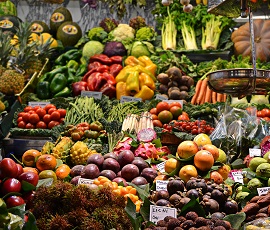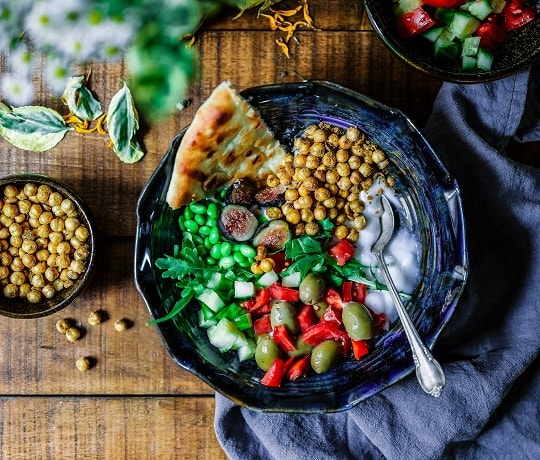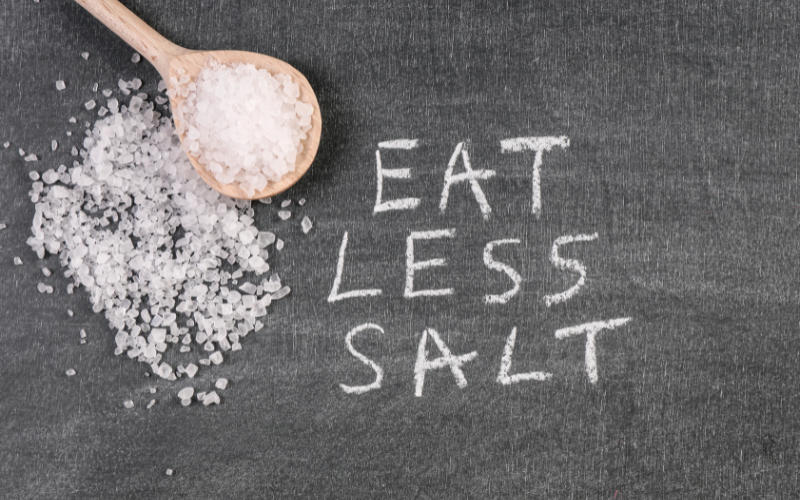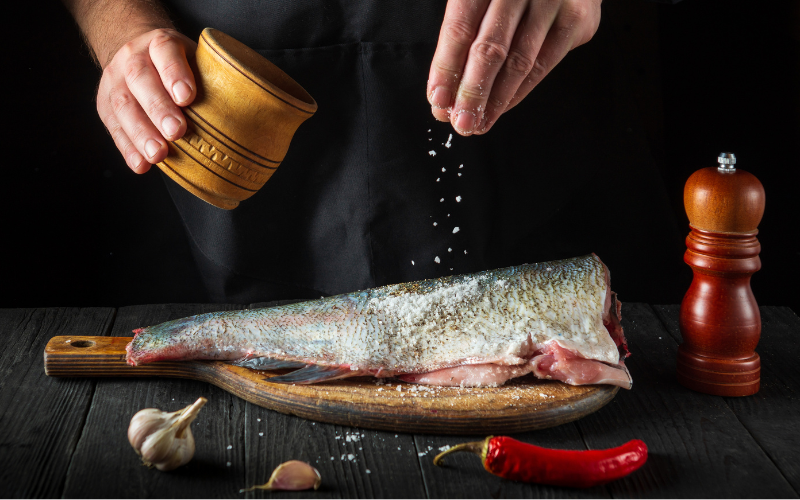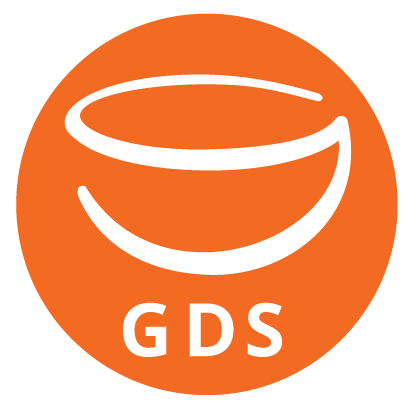Fighting Flab with Fibre
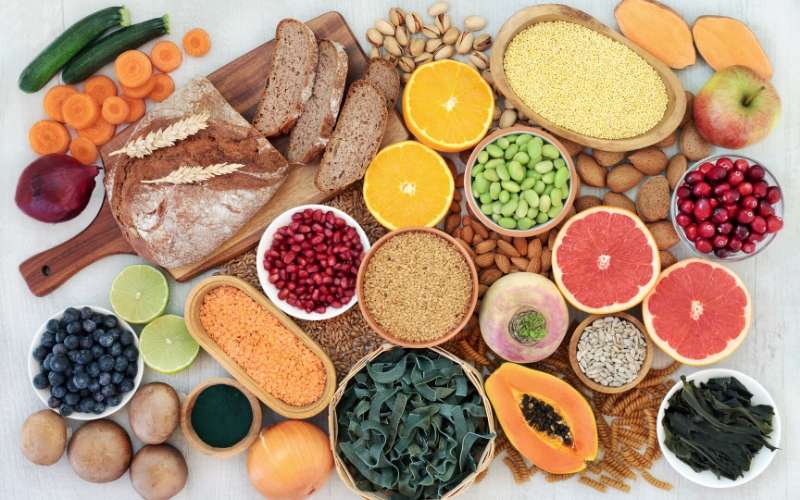
Fibre is now recognised as being vitally important to our gut health and our overall health. But did you know that it can help you to lose weight and keep it off too? Studies show that a higher fibre intake is associated with lower body fat (including belly fat), body weight and BMI.
The Australian Dietary Guidelines recommend we get a daily intake of fibre of 25g (women) and 30g (men) to support regular laxation, reduction in chronic disease risk and longer life. But many experts believe those targets are too low and we should aim even higher. Unfortunately most Aussie’s are only getting around 20g per day.
As an interesting aside, hunter-gatherer communities still eating a traditional diet consume as much as 100g of fibre a day! Studies show that they have a diversity of gut microbes rarely seen in Western populations.
What is fibre in food and what types are there?
Fibre is the indigestible part of plant foods, such as vegetables, fruits, beans, legumes, nuts and seeds. Fibre can be either soluble or not and fermentable or not.
Here are four different types of fibre and high fibre foods list:
| Types of Fibre | Food Sources | Purpose |
| Insoluble fibre | wholegrain breads + cereals, wheat bran, rice bran, nuts, seeds | Helps food pass easily through the digestive system, prevents constipation |
| Soluble fibre | oats, barley, lentils, psyllium husk | Absorbs water to slow digestive rate & maintain energy release, lowers cholesterol |
| Soluble fermentable fibre | Jerusalem artichoke, leeks, onion, garlic | Also known as prebiotics as it feeds good bacteria |
| Resistant starch | chickpeas, red kidney bean, cooked + cooled potatoes, under-ripe bananas | Also fermentable, acts as a prebiotic |
How fibre helps you lose weight
It’s the soluble fibre in particular that’s been linked to fat loss. Here are the mechanisms by which it works:
- Greater bacterial diversity in the gut. Firstly, higher levels of good bacteria are associated with less belly fat. Secondly, fermentation of the soluble fibre in the gut speeds up fat metabolism and slows down fat storage.
- Reduction in appetite. Dietary fibre functions to help reduce hunger hormones including ghrelin, as well as increase the hormones that make you feel full. Fibre also slows the rate of movement of food through the intestines, which slows the release of nutrients and insulin.
- Lower calorie intake. As most high fibre foods are plant foods that are naturally low in fat and calories.
The principle that increasing your fibre can lead to weight loss is one that researchers at the CSIRO are all too familiar with. It’s the key to their latest diet offering, The CSIRO Healthy Gut Diet, a new version of their original best-selling diet, the Total Wellbeing Diet. Backed by scientific research, the CSIRO claims that the new edition not only helps improve gut health but is for long term, sustained weight loss. Their winning formula combines a high fibre intake (30-40g per day) with high protein and low GI foods.
What are the other benefits of a high fibre diet?
There are many! As well as keeping you regular and constipation-free, fibre is a powerful metabolic tool in lowering cholesterol and controlling blood sugar levels. In addition, studies show that dietary fibre consumption is inversely associated with the risk of type 2 diabetes, cardiovascular disease and many types of cancers. Lastly, through its capacity to feed good bacteria, fibre positively impacts immune regulation, hormone release, brain function and mood.
What could 30g of fibre per day look like for you?
If you’re looking for a flat belly diet that follows the principles of the CSIRO Total Wellbeing Diet for Gut Health, here’s a high fibre foods list that may fit the bill. Take a look and see if you can reach 30g in one day with a combination of your own. The more plant foods you include, the greater your chance of achieving your fibre target each day.
| Breakfast Options | |||
| 1 bowl of oat porridge or muesli | 3g | ||
| Topped with ½ banana | 1.5g | ||
| Topped with 1 Tbsp chia seeds | 4g | ||
| 2 slices wholegrain bread | 3g | ||
| Topped with ½ avocado | 3.5g | ||
| Topped with 1 medium tomato | 1.5g | ||
| Dietlicious GF Toast w Hummus + Tomato Pesto | 9g | ||
| Dietlicious Breakfast Beans with Toast | 6g | ||
| Lunch Options | |||
| Meat & salad sandwich on wholegrain | 5g | ||
| Dietlicious Chicken Poke Bowl | 5g | ||
| Dietlicious Roast Kipfler & Corn Salad w Salsa Verde | 8g | ||
| Dinner Options | |||
| Serving of meat or fish | 0g | ||
| With 1 cup frozen mixed veges | 8g | ||
| With 1 baked sweet potato with skin | 5g | ||
| Dietlicious Bombay Burrito | 12g | ||
| Dietlicious Lamb Tagine w Apricots + Quinoa Pilaf | 7g | ||
| Snack Options | |||
| 1/2 cup raspberries | 4g | ||
| 1 apple | 4g | ||
| Dietlicious Organic Tamari Almonds | 4g | ||
Did you reach 30g? Well done if you did. Here are three other tips to help you in your quest for a high fibre diet, weight loss and improved gut health.
- Ideally get your fibre from foods, not supplements, as food contains other important nutrients and phytochemicals that boost your health.
- If you’re not used to eating much fibre, increase your intake slowly over the course of a couple of weeks. Otherwise you could be dealing with some unpleasant effects as your gut bacteria adjust to the change, such as gas and bloating.
- Lastly, scientists have discovered that the benefits associated with consuming fibre-rich food only last while you continue to consume them. This means that if you want to improve your gut health and burn stubburn belly fat, you need to adopt good habits and stick to them!
If you’re looking for other high protein meals, low carb options or weight loss plans, you’ll find plenty of possibilities on our website or feel free to contact us for further help.



